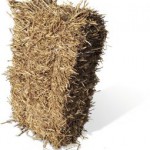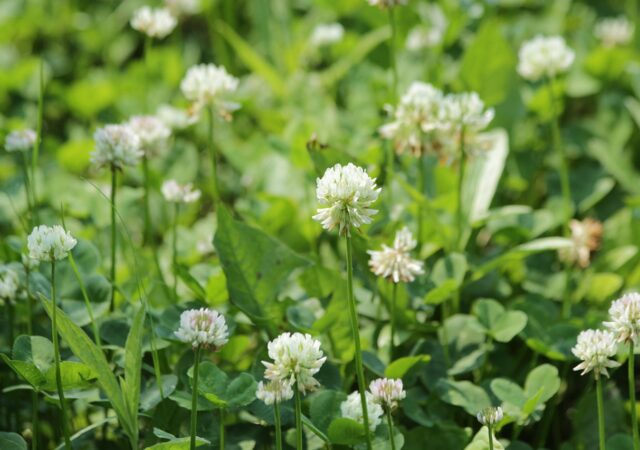Some plants aren’t as tough as others.This can be a grim fact to face for northern gardeners. We invest our sweat, lower backs and money into certain plants only to see them crumple and die by the cold hands of our Minnesota winter. Our topsy-turvy winters dish out unpredictable snow cover. Weaker plants that aren’t given added protection and do not have a substantial layer of snow pack can succumb to the frost, winds, and fluctuating extreme temps. In our icy Midwest environment, any new perennials (and some old ones) can benefit from the cozy comforts of winter mulching.
Why mulch? To protect plants from the damaging cycle of freezing and thawing.The vast swing of warm and cold temperatures can destroy roots quickly.
When do I mulch? Apply winter mulch when the ground is frozen and will stay frozen for the winter.Mid November is usually the target time.
What do I mulch with? Hay, straw, or leaves.
Hay or Straw? Both will do the job. Straw is golden in color, doesn’t pack down, and is a great insulator. Hay packs down, but can have seeds from weeds or grass. Sunnyside sells both straw and marsh hay.
packs down, but can have seeds from weeds or grass. Sunnyside sells both straw and marsh hay.
Leaves? Leaves are a good mulch to use and are readily available.
How much mulch to use? 4-6â deep around the base of the plants.
Which plants should I mulch?Any plant that is tender (some zone 4s are weaker than others), newly planted perennials, or plants that are susceptible to winter damage.
What do I do with my zone 5 plants? The immediate Twin Cities area is listed as a Zone 4. With plants that are Zone 5, an extra heavy layer of mulch is needed. Fence in the plants and fill the area with mulch, ensuring the plant will be protected and the mulch will stay for the entire winter.
What about rabbits? If the cold doesn’t kill the plants, the rabbits will. These pesky creatures feast all winter on shrubs, perennials, and trees. If rabbits are a severe problem, use the combination of chicken wire and either Liquid Fence, Shake Away, or pepper spray.





